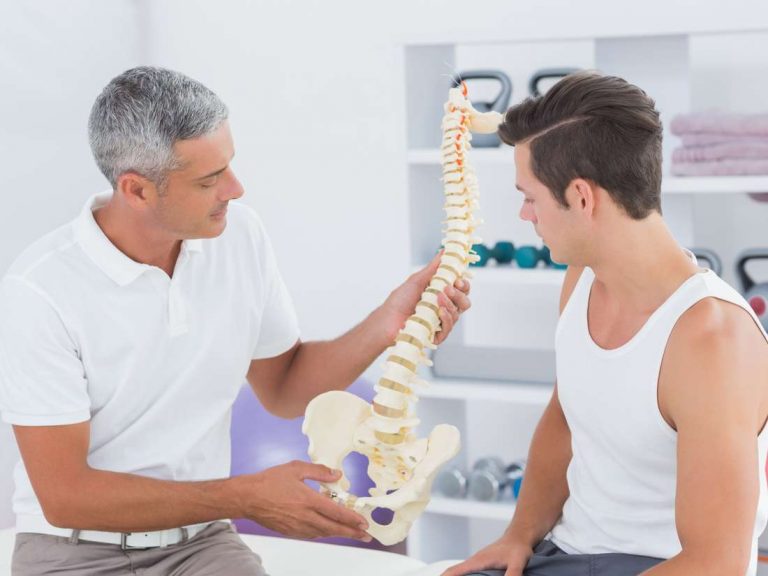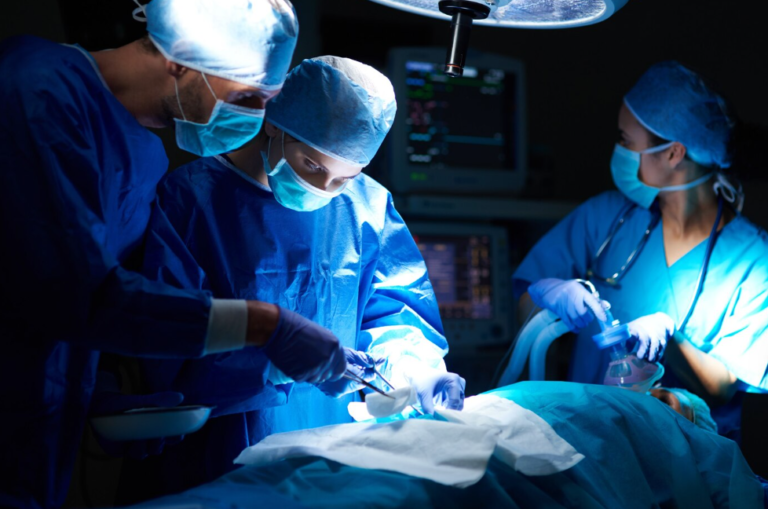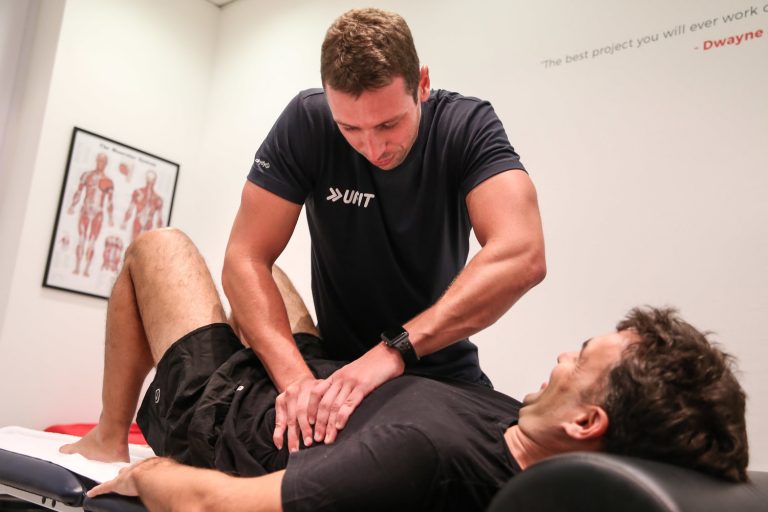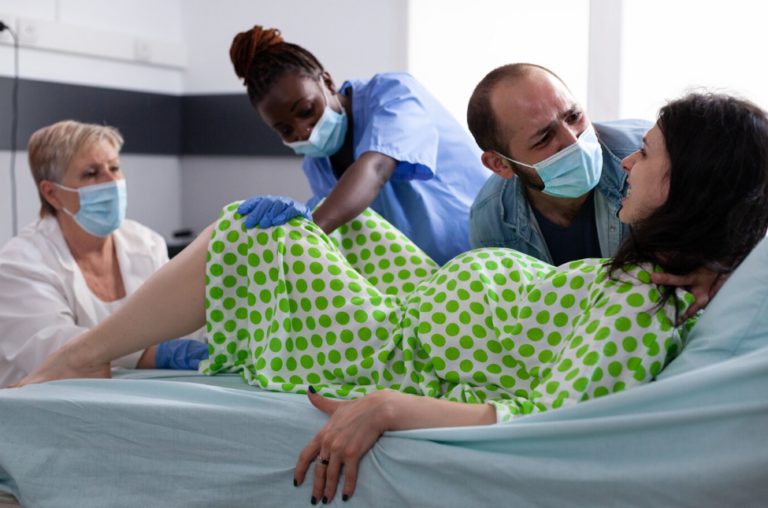WHAT IS A D.O. & OSTEOPATHIC THERAPY?
What is a D.O. & Osteopathic Therapy?
If you are like most people, you have been going to a doctor since you were born, and perhaps were not aware whether you were seeing a DO (Osteopathic Physician) or an MD (Allopathic Physician).
DOs and MDs are alike in many ways.
Applicants to both DO and MD colleges typically have a four-year undergraduate degree with an emphasis on science courses. Both DOs and and MDs complete four years of basic medical education. After medical school, both DOs and MDs can choose to practice in a specialty area of medicine – such as psychiatry, surgery, obstetrics orfamily medicine – after completing a residency program (typically two to six years of additional training). Both DOs and MDs must pass comparable state licensing examinations. DOs and MDs both practice in fully accredited and licensed hospitals and medical centers. DOs comprise a separate, yet equal branch of American medical care. Together, DOs and MDs enhance the state of care available in America. However, it’s the way that DOs and MDs are different that can bring an extra dimension to your family’s healthcare.
100 Years of Unique Care
Osteopathic medicine is a unique form of American medical care that was developed in 1874 by frontier doctor Andrew Taylor Still. Dr. Still was dissatisfied with the effectiveness of 19th century medicine. He believed that many of the medications of his day were useless or even harmful. Dr. Still was one of the first in his time to study the attributes of good health so that he could better understand the process of disease.
21st Century, Frontier Medicines
Just as Dr. Still pioneered osteopathic medicine on the Missouri frontier in 1874, today osteopathic physicians serve as modern day medical pioneers. They continue the tradition of bringing healthcare to areas of greatest need:
- Over half of all osteopathic physicians practice in primary care areas, such as pediatrics, general practice, obstetrics/gynecology and internal medicine.
- Many DOs fill a critical need for family doctors by practicing in small town and rural areas.
- DOs bring something extra to medicine.
- Osteopathic medial schools emphasize training students to be primary care physicians.
- DOs practice a “whole person” approach to medicine. Instead of just treating specific symptoms or illnesses, they regard your body as an integrated whole.
- Osteopathic physicians focus on preventive healthcare.
- DOs receive extra training in the musculoskeletal system – your body’s interconnected system of nerves, lymphatics, muscles and bones that make up two-thirds of its body mass. This training provides osteopathic physicians with a better understanding of the ways that an injury or illness in one part of your body can affect another. It gives DOs a therapeutic and diagnostic advantage over those who do not receive additional specialized training.
Osteopathic physicians (DOs) provide you with all of the best that medicine has to offer. They can specialize in every recognized area of medicine, from pediatrics to neurosurgery. However, their knowledge and use of the latest medical technology is complemented by their application of a hands-on diagnosis and treatment tool known as osteopathic manipulative treatment, or OMT.
Osteopathic Manipulative Treatment (OMT)
Osteopathic manipulative treatment is incorporated in the training and practice of osteopathic physicians. OMT allows physicians to use their hands to diagnose injury and illness and to encourage your body’s natural tendency toward good health. By combining all other medical procedures with OMT, DOs offer their patients the most comprehensive care available in medicine today.
DOs are widely recognized for their incorporation of manipulative medicine into their spectrum of care; OMT, however, is just one element of the unique philosophy of osteopathic medicine.
The Big Picture
DOs take a whole person approach to care, and don’t just focus on a diseased or injured part. They look for underlying causes for disease, instead of simply treating your symptoms. And they consider your physical condition, plus mental and emotional factors (home, work and family, etc.) when diagnosing you. In keeping with their holistic approach to care, you’ll find many DOs in primary care (family practice, internal medicine, pediatrics, obstetrics and gynecology).
Patient, Heal Thyself
DOs recognize that the body is inherently capable of healing itself, though it must constantly fight physical, emotional, chemical and nutritional “stressors” to maintain a state of wellness. DOs believe in educating you about good health and avoidance of disease. If either occurs, however, DOs recognize that medication, surgery, and often OMT are necessary elements of treatment.
The Musculoskeletal System
DOs believe that all of the body’s systems, including the musculoskeletal system, work together, and that disturbances in one system may impact function elsewhere in the body. This understanding of body structure and organic function is at the core of the osteopathic approach to medicine.
DOs place particular emphasis on the musculoskeletal system, which comprises two-thirds of the body’s mass; they use OMT to manually assess and treat illness or injury.
The ABC’s of OMT and How It Can Work for You
OMT is predicated upon your DO’s knowledge of medicine. Once your DO has ruled out non-mechanical causes for your illness or injury (through blood and urine testing, x-rays, etc.), and based upon physical/mechanical findings, he may decide to utilize manipulation. While manipulative medicine is commonly associated with physical ailments such as low back pain, this far-reaching treatment modality can also be used to relieve the discomfort or musculoskeletal abnormality associated with a number of disorders.
The osteopathic approach to treating many diseases includes medication and/or surgical intervention, plus manipulation. OMT can relieve muscle pain associated with a disease, and can hasten your recovery from illness by promoting blood flow through tissues.
Through extensive osteopathic training in manipulative medicine, DOs can detect changes in tissue, however small, that signal injury or impairment. Based upon the complexity or severity of your problem, you may require more than one treatment.
Sports Medicine
Sports medicine is also a natural outgrowth of osteopathic practice, because of its focus on the musculoskeletal system, osteopathic manipulative treatment, diet, exercise and fitness. Many professional sports team physicians, Olympic physicians and personal sportsmedicine physicians are DOs.









